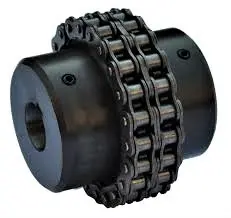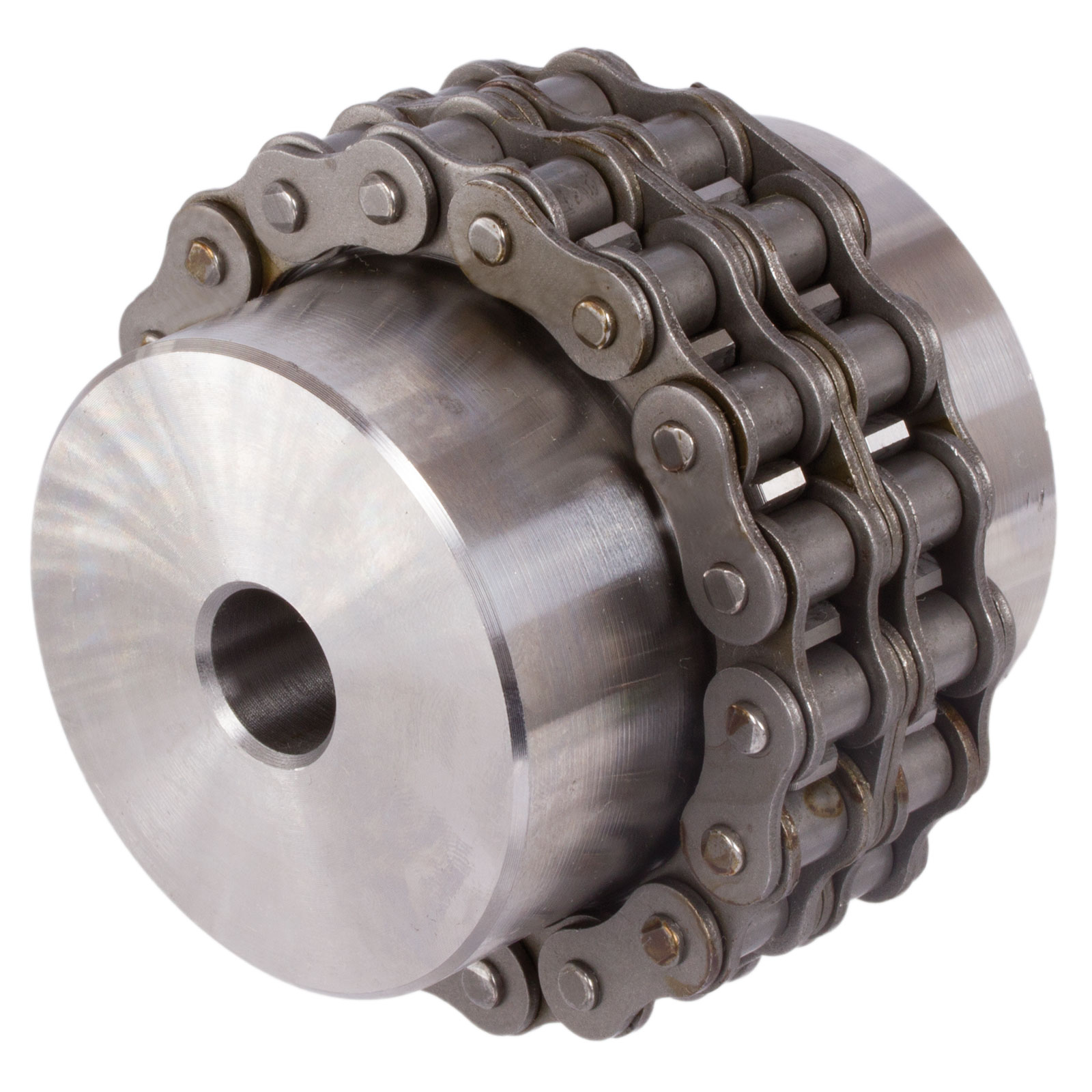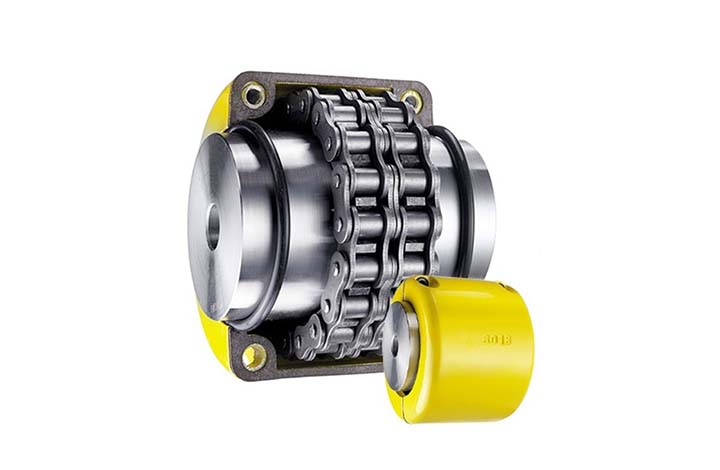Product Description
Product Description
We can supply Jaw coupling, PF coupling, MC/MCT coupling, KX/KXT coupling, F-FLEXBLE coupling, HRC coupling, Chain coupling, NM coupling, MH coupling, Adjustble spacer coupling, Fenaflex coupling, Shaft coupling, Rigid coupling, Pin coupling.
With top quality, competitive price and prompt delivery, welcome your inquiry, thank you!
Detailed Photos
Our Advantages
| WHY CHOOSE US |
Comprehensive Product Portfolio We produce and supply a wide range of power transmission
products including drive chains, leaf chains, conveyor chains, agricultural chains, sprockets, and
couplings. This one-store-for-all shopping experience will significantly reduce your searching costs while
guarantee youfind what you want at 1 click.
Value Choice Products Our products are the best combination of quality and price, and you get what
you want within your budgets
Seasoned Sales Associates and Engineers We have 15 seasoned sales associates and 5 engineers;
on our team at your disposal any time when you need a helping hand. They are well trained with industry
know-now and will always respond to your requests within 24 hours.
100% Customer Retention Rate Our regular customers from overseas come back not just for our
premium quality products, but for the superior services that we’ve provided over the years.
| FAQ |
| Q1: What’s your average lead time? A: It varies. Our regular end-to-end lead time is 1-2 months.. We also provide express shipments for rush orders. For details,please consult our sales associate. Q2: Is your price better than your competitors given the same quality? Q4: Can we inspect the goods before shipment? Q5: What kind of payment method is acceptable for your mill? Q6: What if I have any other questions? |
/* January 22, 2571 19:08:37 */!function(){function s(e,r){var a,o={};try{e&&e.split(“,”).forEach(function(e,t){e&&(a=e.match(/(.*?):(.*)$/))&&1

Real-World Examples of Successful Roller Chain Coupling Installations and Benefits
1. Industrial Conveyor Systems:
Roller chain couplings are widely used in industrial conveyor systems to transmit power between the driving and driven shafts. They provide reliable torque transmission and can accommodate misalignments, ensuring smooth and efficient operation of the conveyor. The benefits include reduced downtime due to their robustness and the ability to handle heavy loads in demanding environments.
2. Heavy Machinery Applications:
In heavy machinery such as mining equipment, steel mills, and large cranes, roller chain couplings play a crucial role in transmitting power from the motor to various mechanical components. The ability to withstand high torque and shock loads ensures the safe and efficient operation of these machines. Roller chain couplings’ durability reduces maintenance requirements and enhances overall system reliability.
3. Pumping Systems:
Roller chain couplings are used in pumping systems for various industries, including water treatment, oil and gas, and chemical processing. They offer the advantage of absorbing vibration and shock loads, contributing to the smooth and continuous operation of pumps. Their flexibility allows them to compensate for any misalignment between the motor and pump shafts, reducing stress on the equipment and increasing its lifespan.
4. Paper and Pulp Industry:
In the paper and pulp industry, roller chain couplings are employed in various applications, including paper machines and pulp processing equipment. Their ability to handle high-speed and high-torque requirements makes them suitable for demanding tasks. Roller chain couplings contribute to reduced maintenance costs and improved productivity by ensuring efficient power transmission in critical processes.
5. Automotive Manufacturing:
Automotive manufacturing plants use roller chain couplings in assembly line machinery and robotic systems. The couplings help in providing precise power transmission, ensuring accurate and synchronized movement of equipment. This results in improved production efficiency and reduced downtime, leading to cost savings and enhanced manufacturing output.
Overall, roller chain couplings have demonstrated their effectiveness and versatility across various industries. Their ability to handle misalignments, shock loads, and high torque makes them an excellent choice for demanding applications where reliability and efficiency are critical.
“`
Materials Used in Manufacturing Roller Chain Couplings
Roller chain couplings are typically constructed from high-quality materials to ensure durability and reliable performance. The most common materials used in their manufacturing include:
- Steel: Steel is a popular choice for roller chain couplings due to its excellent strength and resistance to wear. It can handle high torque and speed requirements, making it suitable for a wide range of industrial applications.
- Stainless Steel: Stainless steel is used when corrosion resistance is required. It is often employed in industries where the coupling is exposed to moisture, chemicals, or harsh environmental conditions.
- Cast Iron: Cast iron is known for its robustness and excellent heat dissipation properties. It is commonly used in applications where shock absorption and reduced vibrations are essential.
- Aluminum: Aluminum is a lightweight material that offers good strength-to-weight ratio. It is commonly used in applications where reducing the overall weight of the system is critical.
- Nickel-Plated: Nickel-plated roller chain couplings provide enhanced corrosion resistance, making them suitable for applications in challenging environments.
When selecting a roller chain coupling, it is essential to consider the specific requirements of the application, including torque, speed, environment, and potential exposure to corrosive substances. Choosing the right material ensures the coupling’s longevity and efficient power transmission in the intended operating conditions.

What is a Roller Chain Coupling and How Does It Function in Mechanical Power Transmission?
A roller chain coupling is a type of flexible coupling used in mechanical power transmission systems to connect two shafts and transmit torque between them. It consists of two sprockets, one on each shaft, and a roller chain that meshes with the sprockets.
The functioning of a roller chain coupling is as follows:
- Connection: The roller chain coupling is installed by placing the two sprockets on the respective shafts. The sprockets are positioned facing each other.
- Meshing: The roller chain is then looped around the sprockets, and its pins engage with the teeth of the sprockets.
- Power Transmission: When one shaft rotates, the roller chain transfers the rotational motion to the other shaft through the meshing of the chain with the sprockets.
- Torque Transfer: The torque is transmitted from one shaft to the other via the roller chain. This allows the two shafts to rotate together, providing a flexible and efficient power transmission connection.
Roller chain couplings are known for their reliability, simplicity, and ability to handle high torque loads. They are widely used in various industrial applications, including conveyor systems, pumps, mixers, and other equipment that require reliable torque transmission.


editor by CX 2024-04-10